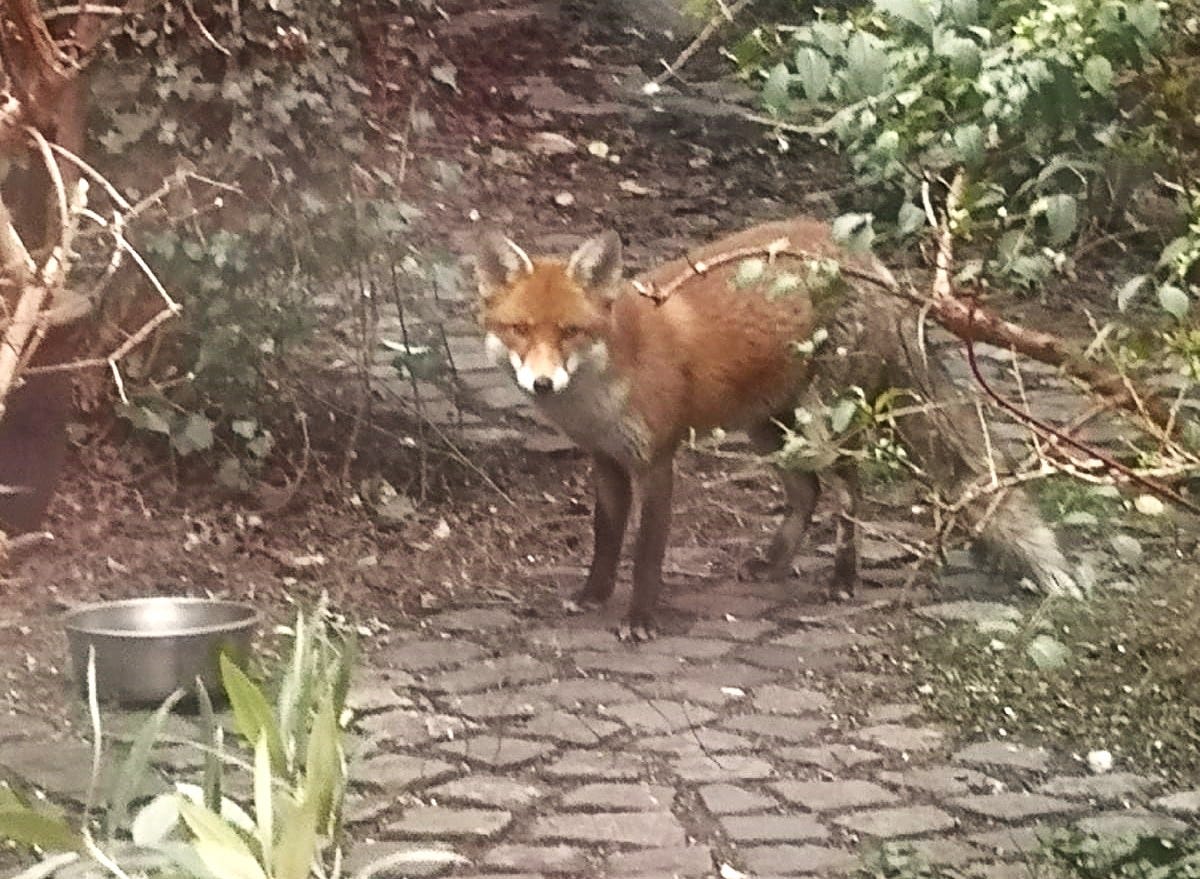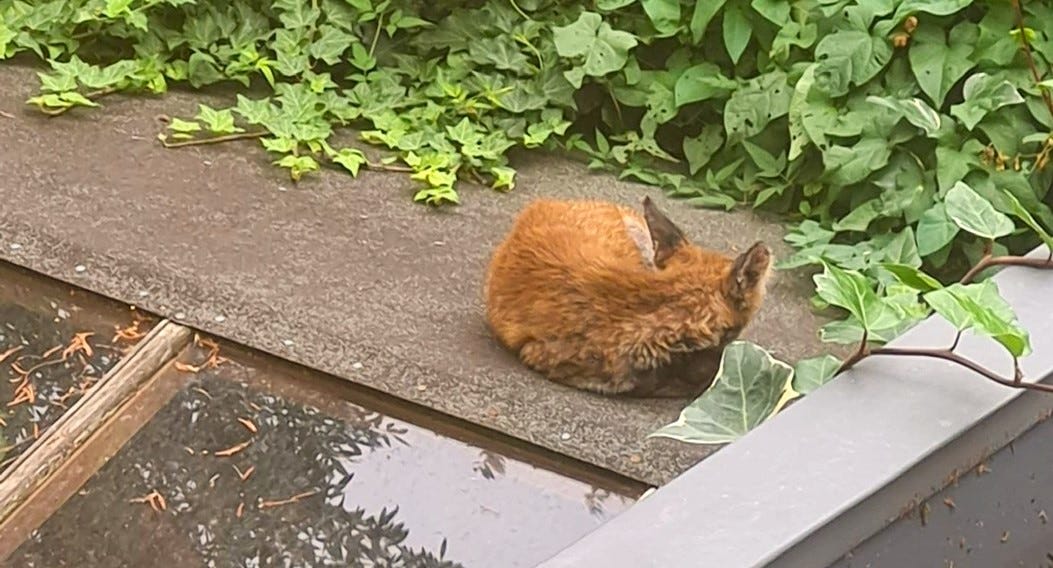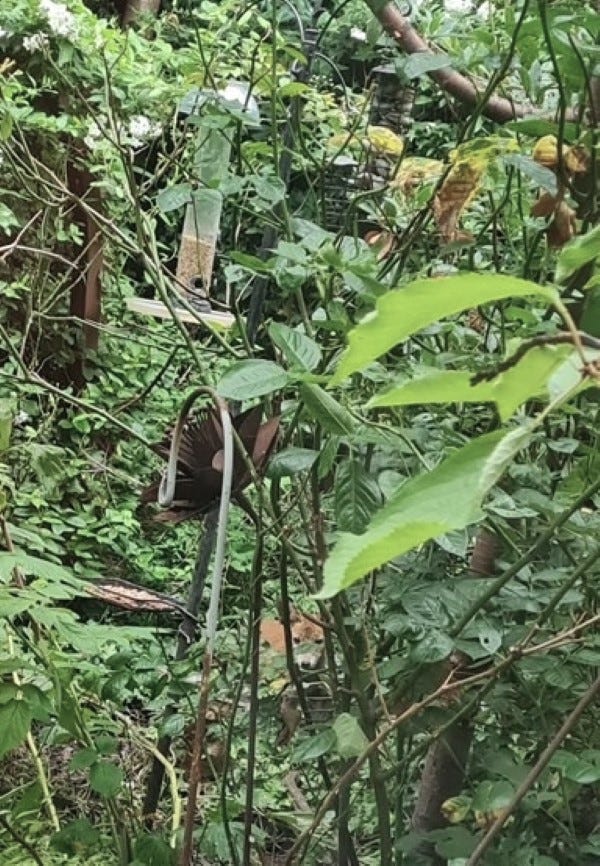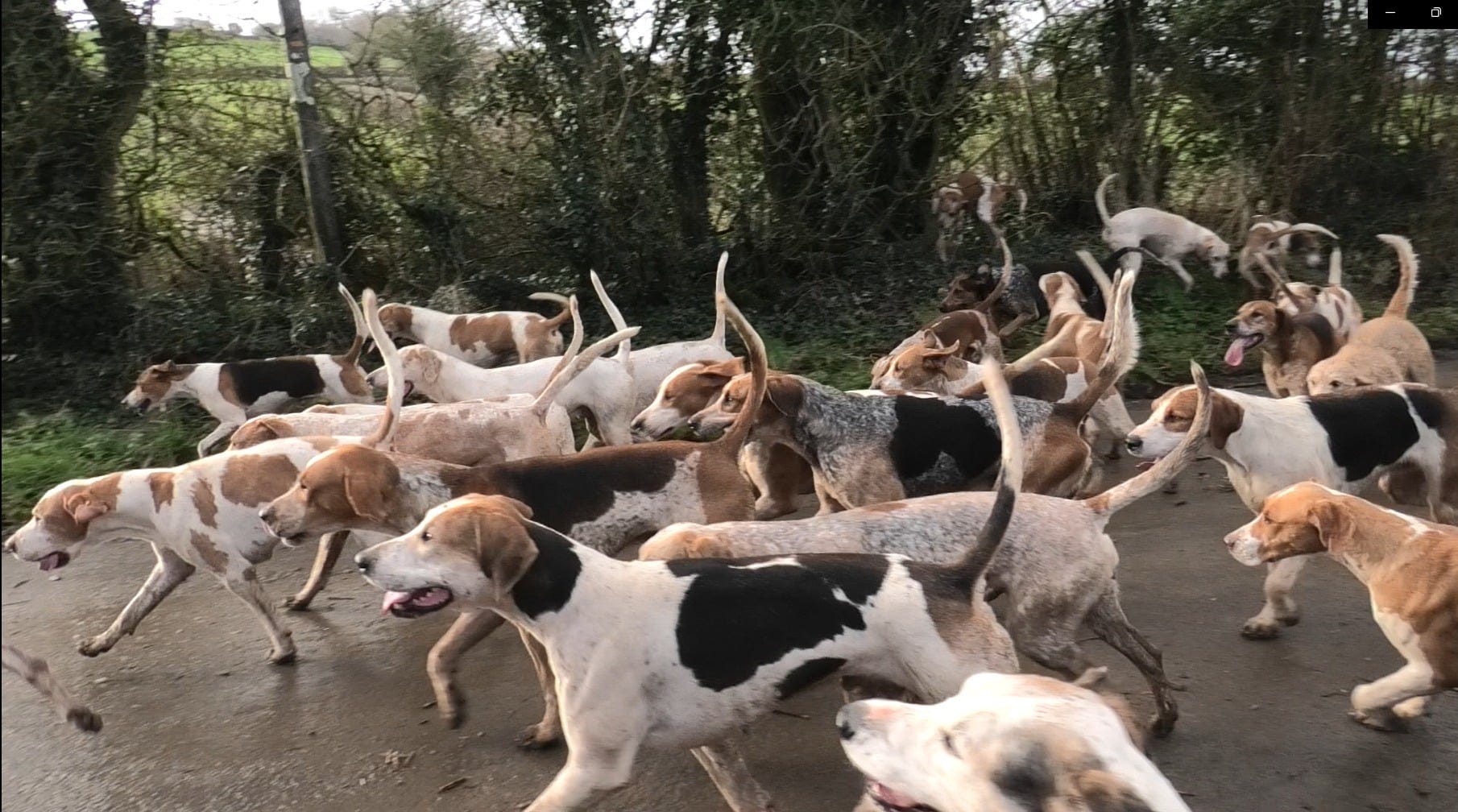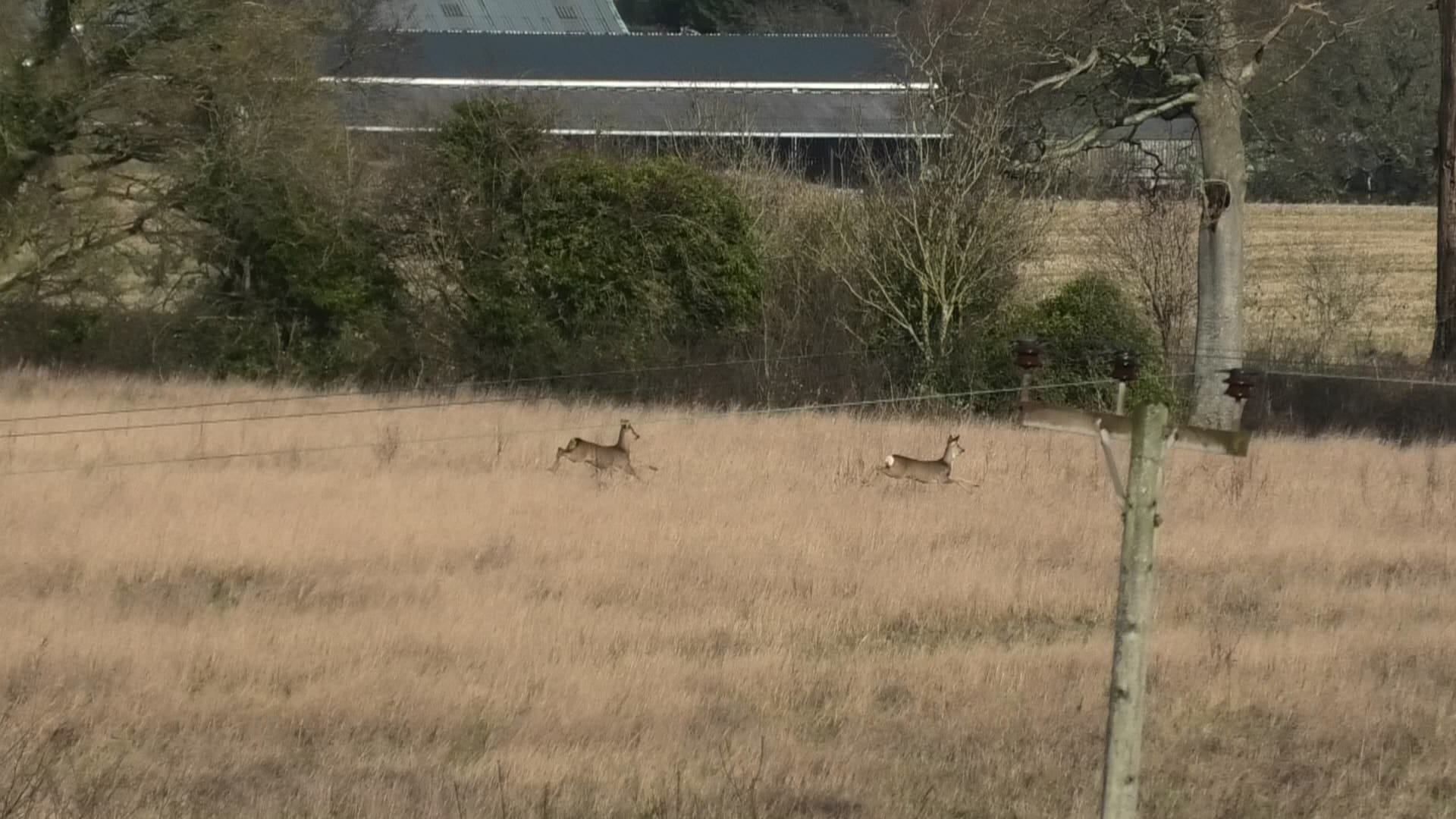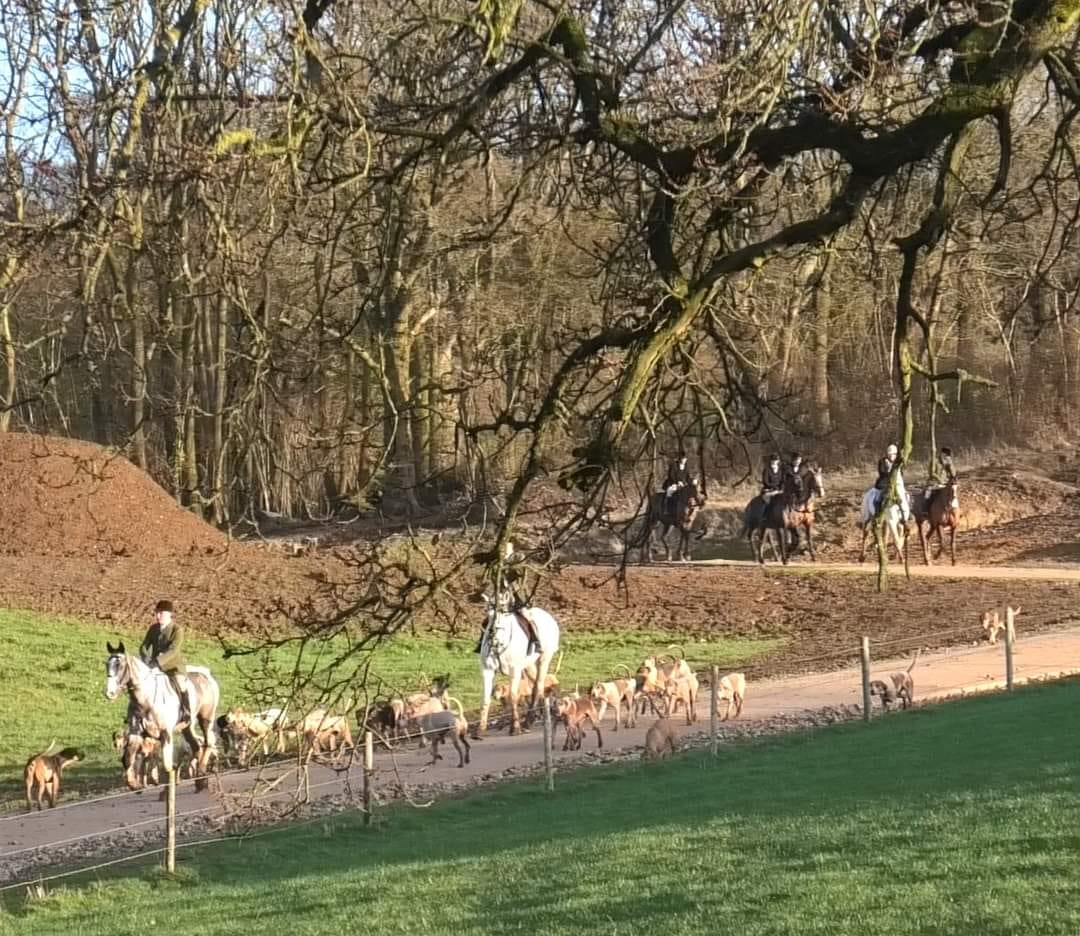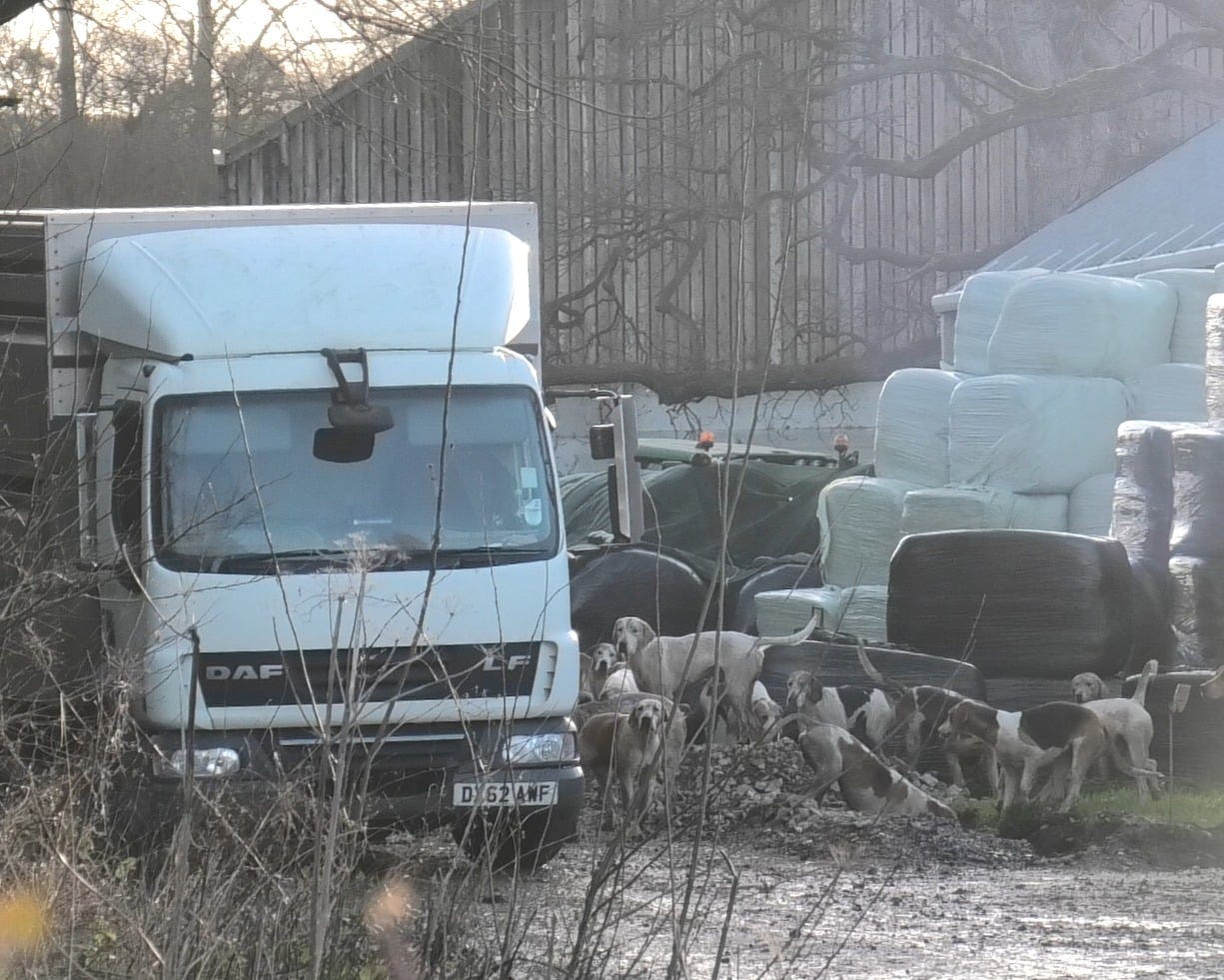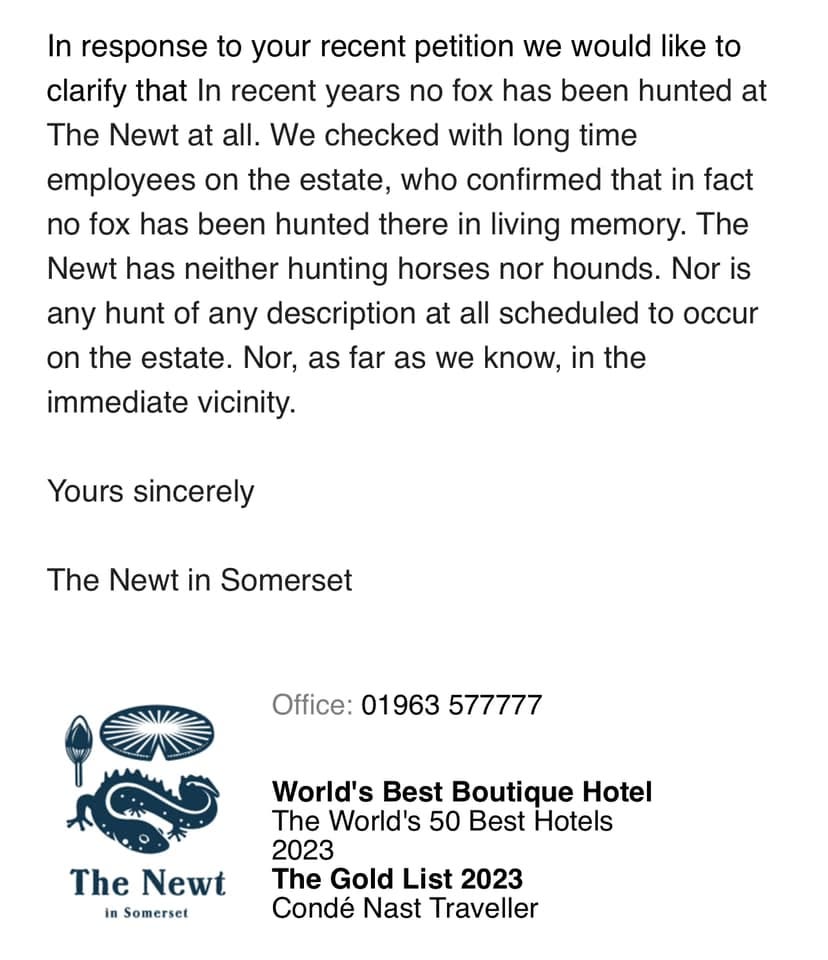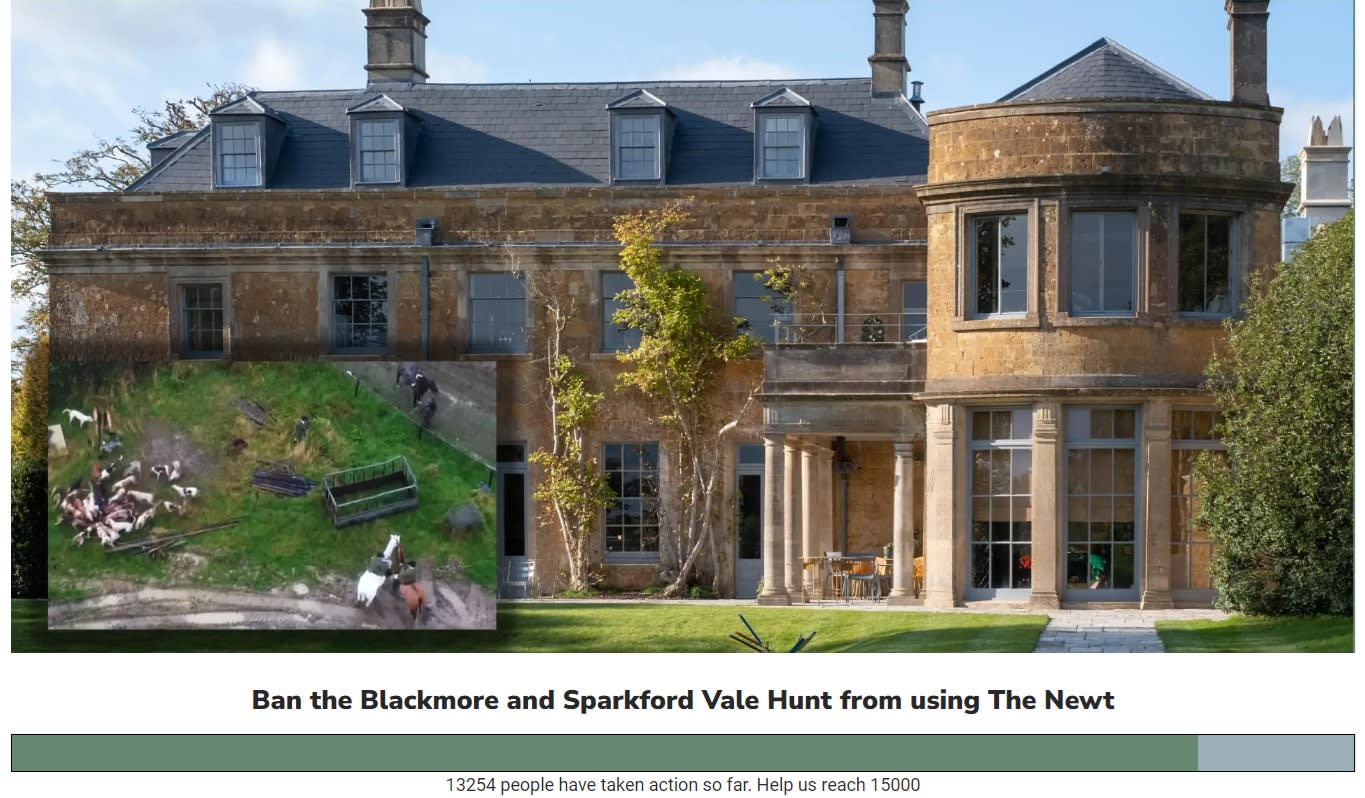On 23 June, Hackney resident Claire was suddenly woken by the sound of gunshots. Highly alarmed she realised that the shots were coming from the vicarage her garden backed on. Inside the vicarage was a young family. What on earth was happening…?Claire, who told Protect the Wild she has worked in war zones in the past which has left her triggered by gunfire, had no idea what was going on - was this a burglary gone wrong, a violent altercation just yards from her own back door? Then she heard the unmistakable cries of a fox in distress, and realised the truth: the family of foxes she had been looking after for years was being killed in the middle of the night… Police not interestedClaire’s first instinct was to call the police on 999. Surely, with gun crime making headlines across the capital, they would want to know that firearms were being used in a residential area? As she told Protect the Wild when we spoke with her, Claire quickly realised she had made a mistake in telling the call handler that foxes were being shot when the police informed her that shooting foxes was legal and, no, they were not going to come out and check that the shooter had a firearms licence. In fact, they really weren’t interested at all. Distraught and bewildered, the next morning Claire went round to the vicarage to talk with the resident vicar, Father Tobias. He confirmed that three foxes had been shot, stated that the diocese had arranged the killing of the “pests”, and that he had merely allowed access to the shooter in the middle of the night. When pressed by Claire to explain why the foxes had been shot, whether alternative ‘control’ methods had been tried first, and why there had been zero warning to local residents that there would be shooting taking place in the pitch dark, he declined to answer. ‘Horrific precedent’Legally speaking, a landowner (in this case the Diocese of London) does have the right to remove foxes (see our page on Foxes and the Law). It must be done humanely (and in the eyes of the law shooting sentient animals at night in a garden falls under that description) but there must be no ‘unnecessary suffering’ or the operator may be in breach of the Animal Welfare Act 2006. If a landowner decides to employ someone to shoot a fox on their property they will be responsible for the costs of killing and disposing of the body properly and safely. Anyone using a firearm must have the landowner’s permission and the relevant firearms licence (see our page on Firearms and the Law). However the government explicitly discourages the use of firearms in urban areas for obvious reasons: it is traumatising to be woken up by gunfire, and stray pellets can cause damage or even severe injury. Remarkably, however, there is NO legal limit on how close to someone else’s house a gun may be fired (it is though ‘constructive trespass’ if spent shot falls on someone else’s property or land without their permission). Whether this act was technically legal or not, Claire told us (and we agree with her) that it sets a ‘horrific precedent’.
It’s worth noting at this point (even though it should be stating the obvious) that it is unlawful to kill foxes using bows and crossbows (or self-locking snares, explosives, gas, or poisons). The Diocese of LondonProtect the Wild contacted the Diocese of London, who state on their website that “We believe that care for the natural environment, which is God’s creation, is a fundamental duty for all Christians” and who “encourage all our churches to sign up to Eco Church - a wholistic approach to creation care”. We wanted to ask whether they thought this sort of lethal ‘care’ for foxes was acceptable, why these particular foxes had been targeted, and whether alternatives to shooting in the middle of the night had been tried first. We spoke with Jack Edwards, the Diocesan Environmental Officer. He remembered speaking with Claire on the phone and suggested that this wasn’t his remit and would pass our questions on to the ‘relevant office’. A spokesperson for the Diocese of London did indeed reply to us and we are reprinting the entire email below:
That’s it. No apology. Not even a pretence of empathy. Just a two-paragraph rather cold, brusque, business-like response to genuine concern and the deaths of beloved wildlife. What the ‘significant safety risk’ to the family and young children was isn’t explained. In Claire’s experience children have been living at the vicarage quite happily - and unscathed by foxes - for over thirty years… but it mirrors the sensationalist reporting we refer to below. ‘Endeavour’? A legal brush-off, a way of saying ‘no guarantees’. ‘Animal control’? So much for ‘creation care’ - and a disappointing example for a supposed moral and ethical authority to set…for parishioners and young minds alike. And we have to ask how that sits with the statement on the Diocese of London’s website urging political parties that “Climate change and biodiversity loss should form part of election campaigning and policy making in the new parliament” - maybe they decided to leave the important caveat “unless of course it’s not convenient” out of the final copy… ‘Like members of the family’Protect the Wild is often contacted by members of the public who have stories like this, who have been ordered to stop feeding foxes by a housing association, or suspect that poisons have been used illegally to kill foxes they typically describe as ‘like members of the family’. We are always grateful that people like Claire want to ‘do something’. It is sometimes incredibly difficult to know what to suggest, though, and we know our responses can sound inadequate. Beyond recommending they contact a local fox rescue (Claire handed Father Tobias a guide to humane fox removal from Kent-based The Fox Project, which he “folded into four pieces and wrapped around his fingers” before putting it into his pocket), or report the incident to the police (which is often a rather fruitless exercise) the fact is that legislation protecting foxes is ridiculously weak and leans into a ‘pest and vermin’ narrative that has absolutely no basis in law (the conceit that ‘landowners know best’ is of course what underpins illegal fox hunting in England - most hunts are only still active because they are invited by landowners to kill ‘vermin’ on their land). Without really good evidence - which we and most members of the public are not remotely qualified to obtain - proving that poisoning has taken place and who actually laid the poison that caused unlawful death is extremely difficult. We are fully aware too that not everyone shares our love and fascination for a wild animal that is just doing the very best to cling on as we humans purge more and more of the urban landscape and huge areas of the countryside are being built over. It doesn’t help that large parts of the media still insist on spreading misinformation that foxes attack children (they don’t) or can spread rabies (very rare in the UK, rabies occurs here only in the form of two lyssaviruses which are carried by some bats). But it is incredibly disappointing to learn that an influential organisation like the Anglican Church appears to have bought into the ‘pests’ line and has shown so little love for its neighbours - either its human or non-human ones. Claire also told us that a few weeks previously she had had to stop the church from tearing out hedges with nesting birds otherwise the hedges and the birds would have been gone too. It wasn’t so long ago that the Church was promoting the Living Churchyard Project which aimed to promote the considerable conservation value of churchyards and burial grounds across the country. We are now left wondering whether an ‘if it gets in your way get rid of it’ decree has replaced those valuable aspirations…
Help us protect foxes!By adopting a fox with Protect the Wild you will help us put ‘eyes in the field’ to tackle illegal hunting, support our campaign efforts to ensure a proper ban on hunting and greater protection for wild foxes, and fund efforts to help rehabilitate sick and injured foxes. As an adopter not only will you be backing all of our vital work but you will also receive an exclusive Protect the Wild adoption pack including cuddly toy, glossy photo, and an information fact sheet. And we will keep you up to date by email on our latest campaigns and the important work we’re doing to safeguard wild foxes. |

